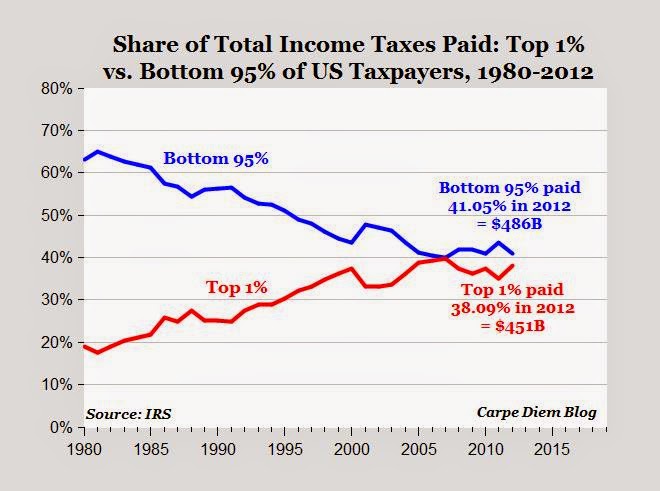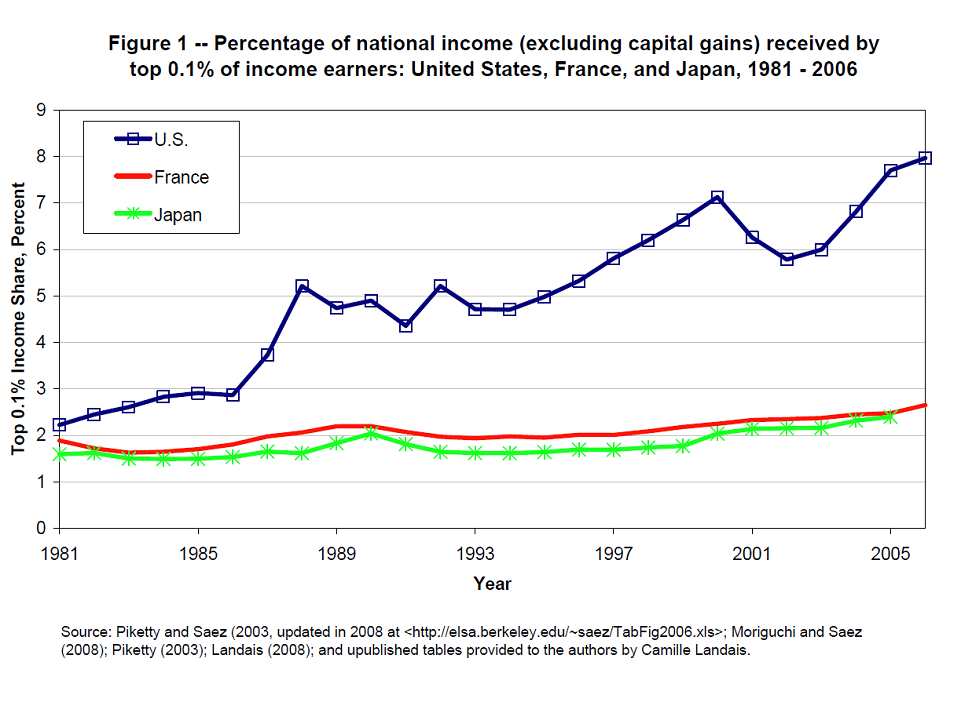Stock options percent of salary
Chief executive officers CEOs get paid lots of money for being the top employees in the company.
Stock Options Calculator to Forecast Future Value of ESO's
Why do they get paid so much? Like athletes and actors, CEOs provide a level of talent that is required to produce the desired product - in this case, a strongly performing company.
The skills and responsibilities that come with the job of CEO are extreme and the number of people who can fill these roles is limited. That is why the market has determined that people with these skills are worth a lot of money to their companies. Only about 20 percent of a CEO's pay is base salary; the rest is made up of incentives based on the company's performance.
The rationale is that if the company is performing well and the shareholders are making money, then the CEO should share in that success. CEO pay sets a ceiling for the company A CEO's compensation package affects everyone within a company. Often it can be considered the yardstick by which all other employee benefits and bonuses are measured and negotiated.
Moreover, the CEO's compensation may be an indicator of how well the company is performing.
This performance, in turn, could translate into a more generous compensation package for individual employees who are savvy negotiators. When companies establish pay structures, they define the compensation for the highest- and lowest-paying jobs before filling in the compensation for the jobs that fall in between.
In the traditional internal equity method of establishing a pay structure, the CEO's compensation sets a ceiling for the company, and each level below is compensated at a comparably lower level. If you know how well the CEO is compensated, you can get a sense for how generous the company is likely to be toward other employees as well. CEOs make most of their money through incentives As a general rule, base salary accounts for just 20 percent of a CEO's pay. The other 80 percent comes from performance-based pay.
Total compensation for CEOs goes beyond cash and stock Although typically excluded from pay calculations, executive benefits and perquisites are disclosed in the summary compensation table and the retirement plan section of the proxy. They include the following:.
At most companies, most of a CEO's pay comes from stock or stock option gains. At investment banks, most of it comes from annual bonuses.
14 Crucial Questions about Stock Options
Companies that pay the lion's share of compensation in the form of stock options percent of salary options may pay little or no retirement. You can tell by looking for a retirement table in the proxy statement. If not, then the executives are expected to retire account forex4you org stat their ability to make and save money on their cash and equity earnings.
Pay philosophies often tie pay to company performance The company's Compensation Committee Report on Executive Compensation contains specifics about your company's compensation philosophy, which affects all employees. It covers glossary of stock market terms following:. The degree to which your company is a success may be answered in the annual and long-term incentive payout columns in the summary compensation table.
If you see large bonus payments, then it is likely that your company is successful. Stock option grants and gains are also important to look at. This information can be gleaned from three tables in the proxy statement: If there are forex fraud trading company gains from stock option exercises and substantial amounts in both vested and unvested stock options, it may be an indicator that the company is well managed in the opinion of shareholders.
Good five-year shareholder returns in the total return to shareholders table would certainly validate this opinion. Cash compensation is the norm in nonprofits Nonprofit organizations typically offer compensation weighted heavily toward base salary. In response to ozforex historical rates concerns, bonuses are becoming more prevalent as are special tax deferral programs that help executives save for retirement.
Unlike comparable programs in for-profits, very few of these programs are broad-based. Participation is limited to a select few.
Some watchdog organizations have been critical of the amounts paid to chief executives of nonprofit organizations. But these employers counter that they are competing for senior talent with for-profit organizations that can offer incentives such as stock options that are not available to them.
Enterprise Small Business Personal. Data Subscriptions Job Pricing Reports Articles. The Most Valuable Employees Deserve the Highest Pay Why Do CEOs Make the Big Bucks?

Base pay for the core role and responsibilities of the day-to-day running of the organization. Annual bonuses for meeting annual performance objectives. Long-term incentive payments for meeting performance objectives to be achieved for a two- to five-year period. These awards are sometimes described as performance shares, performance units, or long-term cash incentives.
Restricted stock awards as an incentive to assure the executives are strongly aligned with the interests of shareholders.
Why Do CEOs Make the Big Bucks? - aqasesuyohaw.web.fc2.com Business
Because restricted stock awards have an actual cash value when they are granted, the proxy table shows these in dollars, not in shares. Stock options and stock appreciation rights SARs for increasing share price and increasing the shareholders' returns. Options have very favorable accounting treatment for the company, which is why they are so common.
They include the following: Executive insurance plans that provide a source of retirement income and a richer death benefit to the executive's family.

These plans are used to guarantee retirement benefits from bankruptcy. Unlike standard retirement plans that receive protection from bankruptcy by the federal government, SERP benefits can be lost in the event of bankruptcy. Miscellaneous executive perquisites and other compensation for various programs or negotiated deals that don't properly fit into the above categories, including perks such as country club dues and financial planning.
These are often small numbers that disclose imputed income amounts for those additional special benefits, but can also include some very large amounts for items such as loan forgiveness, special insurance programs, relocation expenses, etc.
It covers the following: How well your company pays relative to its peers. Who the company sees as its peers How the company's stock has performed relative to its peers and to the stock market as a whole. How the company prefers to reward its executives through its total pay practices, i.
What criteria are used for determining the size of bonus payments: